Sometimes inappropriately called a syndrome, this knee condition can pose diagnostic challenges

Lutul Farrow, MD, is the first to acknowledge that he rarely sees the most typical presentations of patellofemoral pain. As a surgeon at Cleveland Clinic’s Orthopaedic & Rheumatologic Institute and Director of Clinical Operations for Sports Medicine, Dr. Farrow tends to see those rare patients whose patellofemoral pain and resultant decreased function persist despite interventions that help the vast majority of sufferers.
Cleveland Clinic is a non-profit academic medical center. Advertising on our site helps support our mission. We do not endorse non-Cleveland Clinic products or services. Policy
“Most patellofemoral patients are helped by their athletic trainers, physical therapists or primary care doctors,” says Dr. Farrow. “We end up seeing the ones who haven’t improved.”
About 90% of people with patellofemoral pain get better on their own, but the remainder can experience extreme pain or functional limitations that interfere with daily living.
“As an orthopaedic surgeon, I can say that there are very few things in our world that cause a 10 on the pain scale,” he says. When that happens, he often involves pain management colleagues.
Knee pain that worsens with activity or after the person has been sitting for extended periods is often experienced by runners and other athletes, but anyone can have it. It has long been called patellofemoral pain syndrome, but Dr. Farrow and others believe that is a misnomer.
“When you think of a syndrome, you think of a condition that has a certain constellation of signs in every patient,” he says. “Patellofemoral pain can come from damaged cartilage, it can come from an irritated fat pad or from an inflamed patellar tendon. It could be none of those things. No patient fits into the same mold.”
That variability is part of what makes acute cases of the condition so challenging, says Christina Shin, MD, a specialist in Cleveland Clinic’s Department of Pain Management. “Each patient has to be treated on a case-by-case basis. That’s why multidisciplinary collaborations are very helpful,” she says.
Dr. Shin looks at the patient as a whole and leverages expertise in evaluating other pain conditions.
“Our orthopaedic colleagues may refer patients to us to assess for other pain conditions, such as complex regional pain syndrome. The precise diagnosis determines the treatment plan,” she says.
Patient history and physical examinations comprise 90% of the assessment process.
“Key parts of the history often provide us necessary clues,” says Dr. Shin. “Our thorough and comprehensive physical includes evaluation of the musculoskeletal system, strength assessment and neurologic exam.”
Imaging doesn’t always help with diagnosis, but it sometimes detects inflammation that points toward patellofemoral pain. Conditions that lead to patellofemoral pain often include overuse of the joint, improper use of sports techniques, changes in activity levels or intensity, and changes in footwear. The more persistent the case, the more likely it is that other factors are involved, including malalignment and abnormal physiology. Psychological components of pain also can play a big role; pain psychologists often are key members of the care team.
The sheer variety of conditions that contribute to patellofemoral pain complicate treatment, the doctors say. Surgical remedies are appropriate in a small percentage of cases, such as malalignment, for which surgical realignment may be appropriate.
But patients also may be suffering because of weak quadriceps, vastus medialis or vastus lateralis. They may have undiagnosed fibromyalgia, warranting a medication review and a regimen of aerobic activity, psychological treatment, and medications such as membrane stabilizers and antidepressants. Those therapies might improve the patient’s knee pain as well, says Dr. Shin. While nerve blocks, ablation therapy and nerve stimulation have not been well studied for patellofemoral pain, the doctors are hoping to learn more by working together.
“We don’t have nerve blocks that we know will consistently help these patients, but that does not mean that they won’t,” says Dr. Shin. “As Dr. Farrow and I share patient experiences, we hope that leads us to better and more streamlined treatments.”
Virtually all patients benefit from physical conditioning, Dr. Shin says. “Many patients do not realize how much of their pain is related to weakness or deconditioning of muscles. So we educate on body mechanics as well as on lifestyle changes, including weight loss, dietary improvements and smoking cessation. We know from the literature that these factors are important.”
Managing expectations is among the difficulties of care. “This is a challenging condition to treat,” says Dr. Shin. “My hope is to communicate to patients that while we may not have a quick solution, we have informed strategies. We tailor those strategies for each patient, and we develop a partnership to restore or improve their quality of life.”
Specifying the source of pain is essential for helping patients with patellofemoral pain, says Dr. Shin. And the best way to manage such cases is with a multimodal, multidisciplinary approach.
“I can’t emphasize enough how important it is to get at the diagnosis. Really listen to the patient. Perform a comprehensive examination,” says Dr. Shin. “And then be open to collaboration. Primary care physicians feel comfortable directing their patients to physical therapy after ruling out structural issues or getting X-rays, and I also hope our colleagues feel empowered to reach out to specialists in orthopaedics, pain management and pain psychology.”
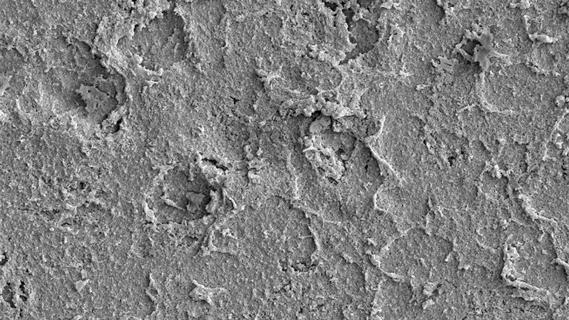
Researchers hope it may one day help patients avoid explantation surgery

Rest is often not the best care for gamers’ overuse injuries

Biologic approaches, growing implants and more
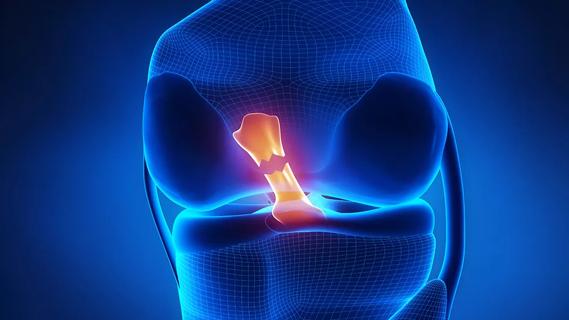
Study reports zero infections in nearly 300 patients
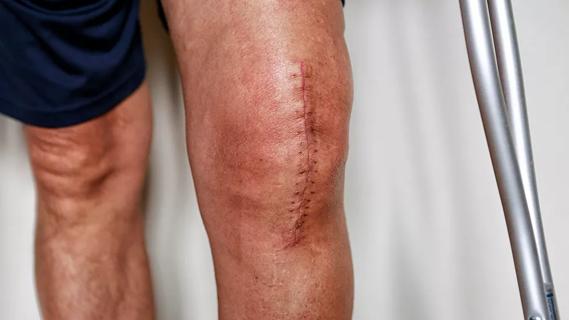
How to diagnose and treat crystalline arthropathy after knee replacement
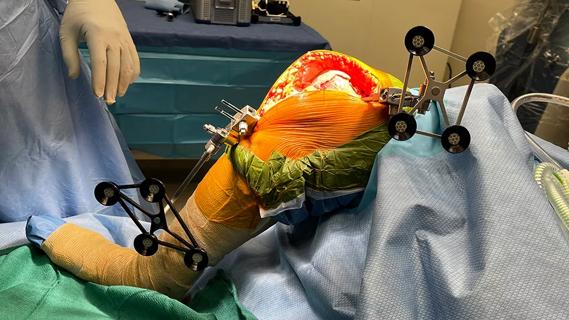
Study finds that fracture and infection are rare
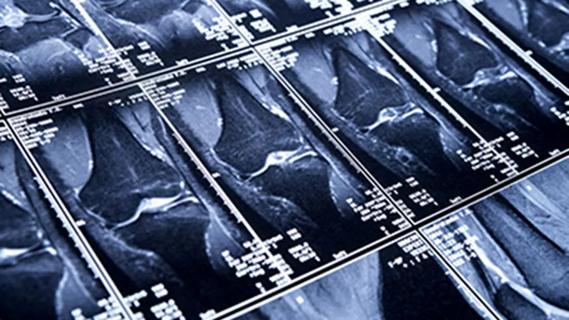
Center will coordinate, interpret and archive imaging data for all multicenter trials conducted by the foundation’s Osteoarthritis Clinical Trial Network

Reduced narcotic use is the latest on the list of robotic surgery advantages